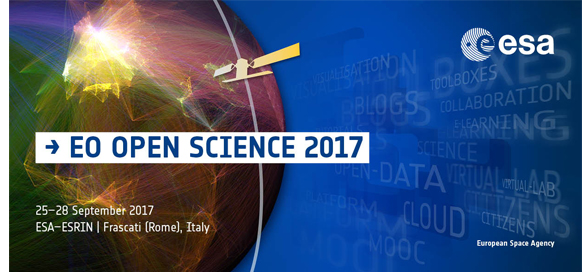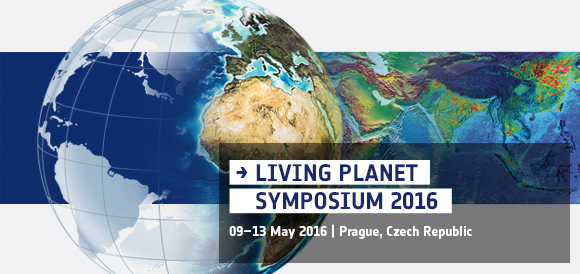Phytoplankton Functional Types |
|
| Project References | |
| Acronym | SynSenPFT |
| Full title | Phytoplankton Functional Types |
| Cost | 300 K € |
| Action line | R&D Studies for Advanced Methods |
| Missions | Sentinel-3 and Sentinel-5 |
| Project Description | |
| Objectives |
Synergistic Exploitation of Hyper-and Multispectral Sentinel-Measurements to Determine Phytoplankton Functional Types at Best Spatial and Temporal Resolution. |
| Abstract |
To overcome the short-comings of current multi-spectral PFT products (supplying either knowledge on dominant groups or size fractions only, data products with strong linkage to a-priori-information) and PhytoDOAS data products (with only low temporal and spatial coverage), the project's objective is a substantial improvement of retrieving phytoplankton groups with defined accuracy and good spatial and temporal coverage. This shall be done by developing a synergistic product which contains the Chl-a (biomass) of several PFT by using complementary information from multi- and hyper-spectral satellite ocean colour data. This algorithm can be later applied to produce a synergistic PFT product from TROPOMI (on Sentinel-5-Precursor, Sentinel-4, Sentinel-5) and OLCI (on Sentinel-3).
|
| Website | https://www.awi.de/en/science/climate-sciences/physical-oceanography/main-research-focus/ocean-optics/projects/synsenpft.html |
| Results |
The study involved improving existing PFT algorithms that can obtain chlorophyll concentrations (Chla, mg/m3) of multiple phytoplankton types from space. This included: (i) hyperspectral data sets from SCIAMACHY (with 60 km by 30km spatial resolution and global coverage within 6 days) processed with the PhytoDOAS method (Bracher et al. 2009; Sadeghi et al. 2012); and (ii) the chlorophyll product (OC-CCI) from multi-spectral data sets (SeaWiFS, MERIS, MODIS) processed with the OC-PFT method by Hirata et al. (2011), as modified by Soppa et al. (2014) and further adjusted for optimal settings to retrieve best results. New adaptations were verified for PhytoDOAS via sensitivity studies with the coupled ocean-atmosphere radiative transfer model SCIATRAN and for OC-PFT via validation with a large global in-situ PFT data set based on High Performance Liquid Chromatography (HPLC) pigments (Losa et al. in prep.). |
| Publications |
Peer-review
Bracher A., Bouman H., Bricaud A., Brewin R., Brotas V., Ciotti A. M., Clementson L., Devred E., Di Cicco A., Dutkiewicz S., Hardman-Mountford N., Hickman A., Hieronymi M., Hirata T., Losa S., Organelli E., Raitsos D., Uitz J., Vogt M., Wolanin A. (2017) Obtaining Phytoplankton Diversity from Ocean Color: A Scientific Roadmap for Future Development. Frontiers in Marine Science 4: 55. Rozanov V.V., Dinter T., Rozanov A. V., Wolanin A., Bracher A., Burrows J.P. (submitted 18 Nov 2016) Radiative transfer modeling through terrestrial atmosphere and ocean accounting for inelastic scattering processes: Software package SCIATRAN. J. Quant. Spectrosc. Rad. Transfer Losa S., Soppa M. A., Dinter T., Wolanin A., Rozanov R., Brewin R., Bricaud A., Bracher A. (to be submitted by 15 Jan 2016) Synergistic exploitation of hyper- and multispectral Sentinel-measurements to determine Phytoplankton Functional Types at best spatial and temporal resolution (SynSenPFT). Submitted to Frontiers in Marine Science, Research Topic |
| Project Consortium | |
| Prime Contractor | AWI (DE) |
| Subcontractors | IUP-UB (DE), LOV/UPMC (FR), PML (UK) |
| Project Manager | Name: Astrid Bracher Email: Astrid.bracher@awi.de |
| Technical Officer | Steven Delwart Email: steven.delwart@esa.int |




















